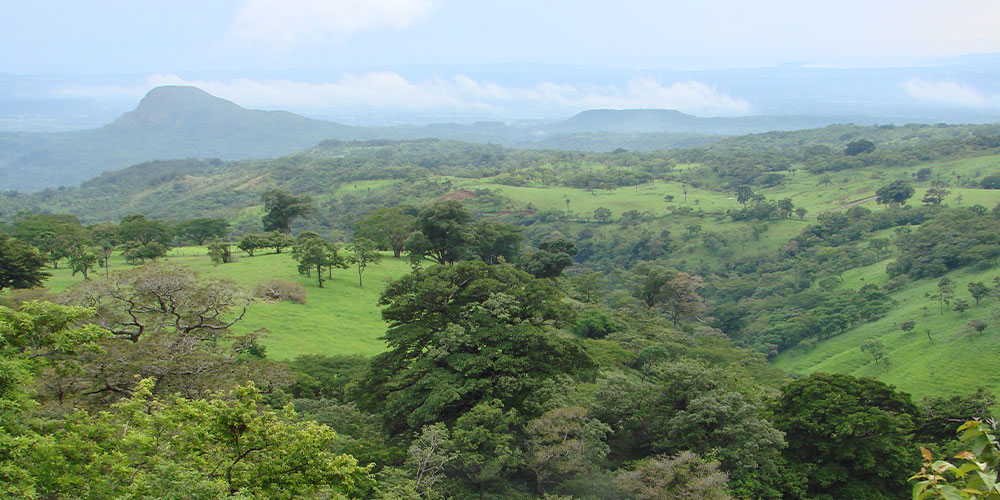A joint effort between Costa Rica’s Institute of Electricity and the Central American Bank for Economic Integration looks to expand the country’s renewable energy options.
Costa Rica’s international image has always been linked to its unparalleled natural allure. From its paradisiacal beaches to its lush rainforests and mystic volcanoes, this small Central American nation shines as one of the world’s main ecological bastions. In recent years, this green abundance has gone beyond its role as a scenic backdrop for unforgettable tourist experiences and become more central to the country’s strategic planning, particularly its commitment towards clean energy generation.
The country has been a pioneer in renewable resources since its hydroelectric plants became its main power source in the first half of the 20th Century, and given its incredible natural conditions, it’s no surprise to see other alternative energies becoming a big part of the nation’s future plans. Recently, the historic Costa Rican Institute of Electricity (ICE) has joined efforts with the Central American Bank for Economic Integration (BCIE) to analyze the potential eolic energy generation in the country’s North Pacific region.

Both institutions are conducting studies that will serve as a foundation for future electricity production from wind power. The idea is to collect data about oceanic, socioeconomic, and environmental information that could potentially help with the development of infrastructure that makes the most out of these conditions. It is projected that these studies will be concluded by November of this year.
As part of the research tasks, the meteorological conditions of the region have been carefully evaluated through a monitoring system using buoys and satellites. The investigation is being carried out by a multidisciplinary team of international specialists under the guidance of Offshore Wind Consultants. The ICE, in collaboration with national academia, public organizations, and coastal-related NGOs have been actively supporting this endeavor as an essential part of the country’s role as a regional leader in sustainable development.
By capitalizing on the power of its coastal winds, Costa Rica has the potential to diversify its energy mix, reduce greenhouse gas emissions, and enhance economic growth in rural communities. The country continues setting a shining example for other countries in the region and beyond as it illustrates that a sustainable future can be achievable and economically advantageous even for developing nations.

